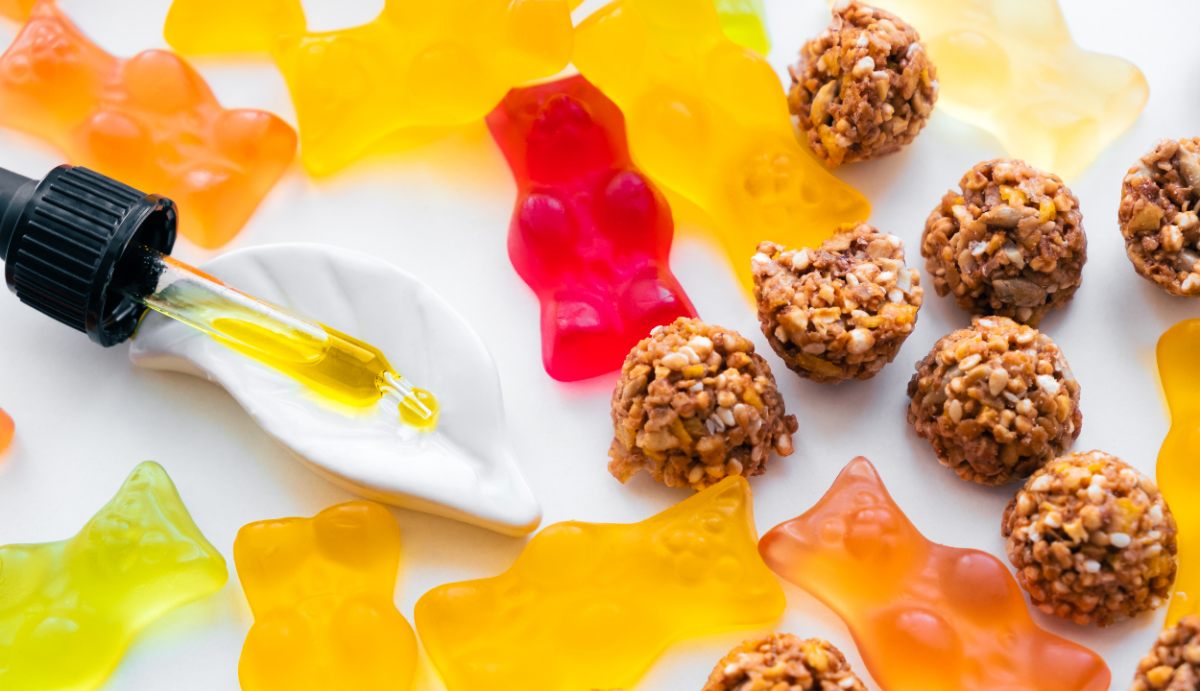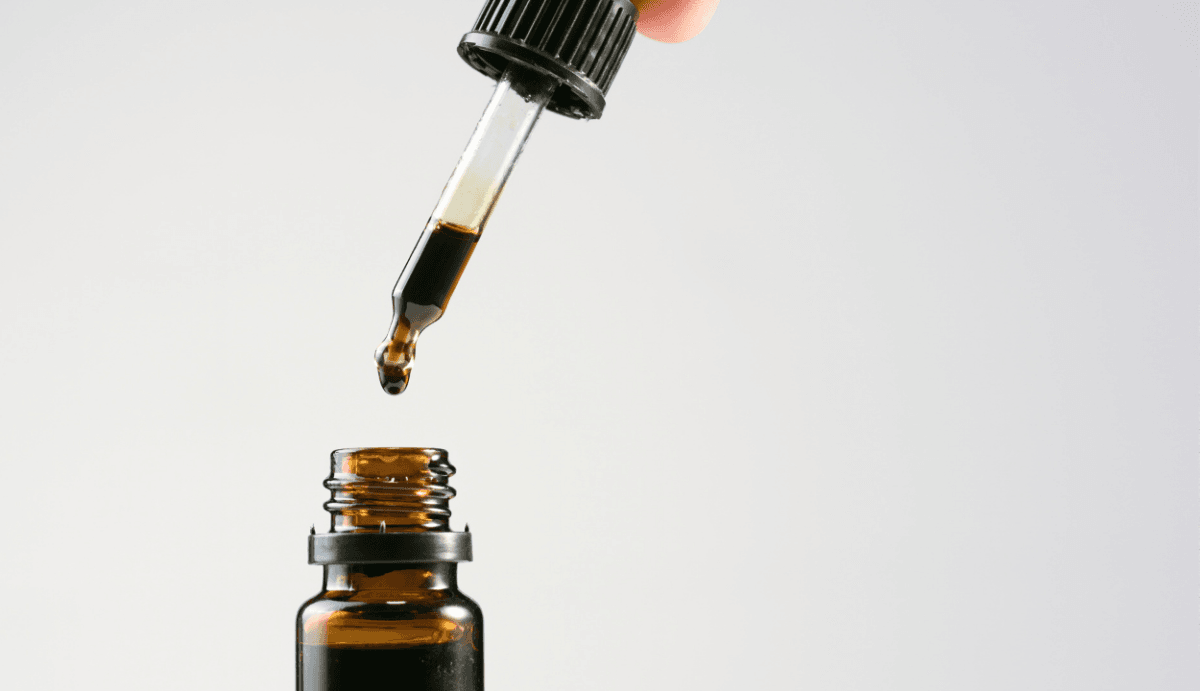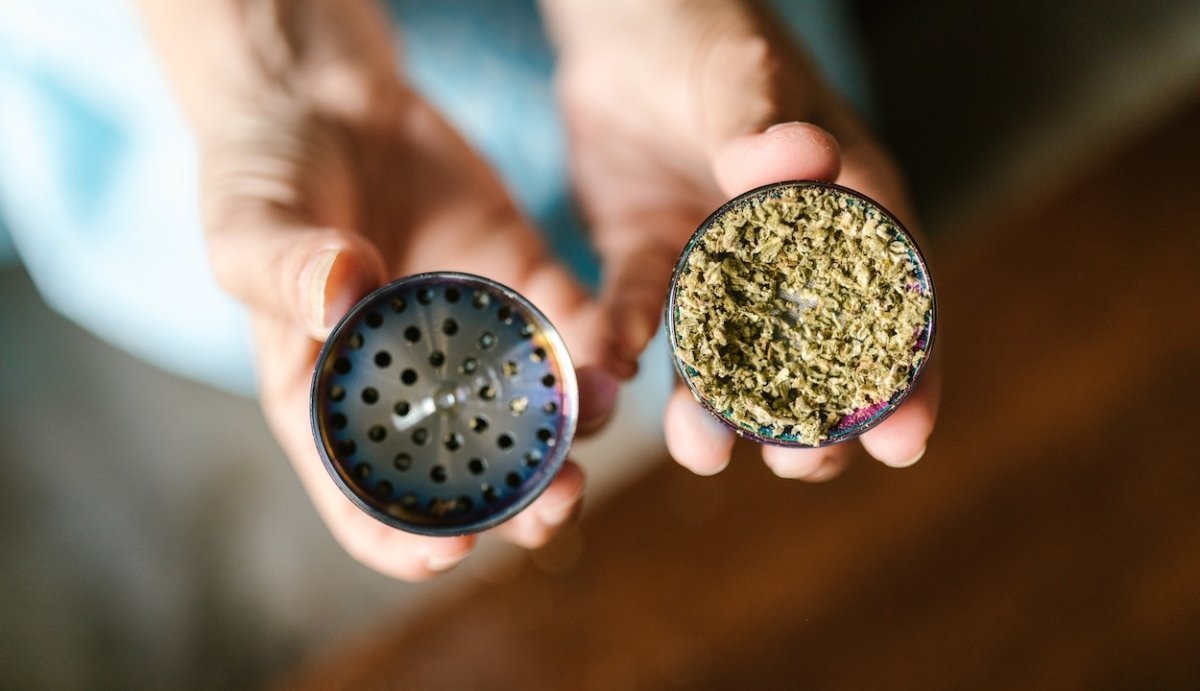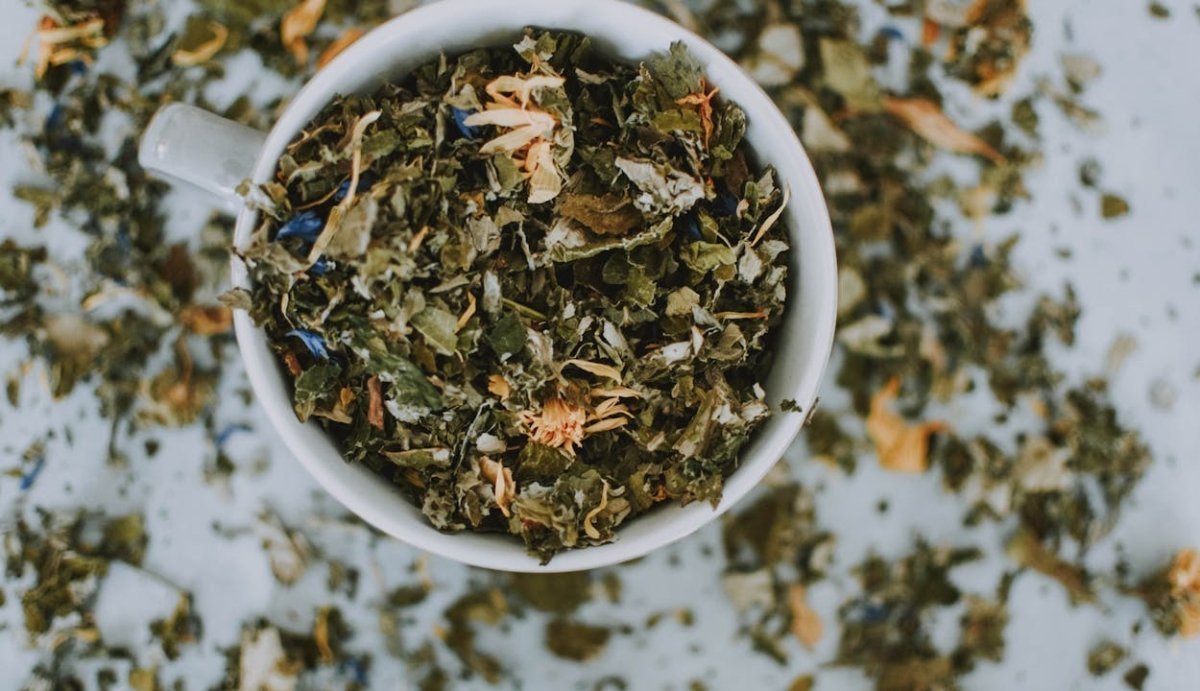Your Cart is Empty
FREE SHIPPING ON ALL ORDERS $75+
When comparing Delta 8 tinctures and edibles, it's important to note that while they both deliver Delta 8-THC orally, they are not the same. Delta 8 tinctures are known for their quick onset, as the oil is absorbed sublingually, entering the bloodstream faster. On the other hand, edibles like gummies have a slower onset but offer longer-lasting effects due to digestion.
In the rest of the article, we'll dive deeper into the differences between Delta 8 tincture vs gummies, helping you decide which option best suits your needs.

At their core, tinctures and edibles are pretty similar, but tinctures have one very distinct difference—they always come in liquid form. The liquid formula of a Delta-8-THC tincture has some advantages, like offering the ability to measure doses in precise increments.
Edibles are generally pre-portioned, which can make it a little more difficult to increase or decrease the dose in small increments. There’s also a greater variety of options when shopping for traditional edibles, whereas most tinctures are similar to one another with only a few distinctions.
Technically, yes, tinctures are an edible product since they are taken by mouth and swallowed. But tinctures are designed to be taken sublingually, which means the oil is dropped under the tongue.
The sublingual dosing method sets tinctures apart from traditional edibles because it allows Delta-8 to be rapidly absorbed by the mucous membranes in the mouth, which leads to fast acting effects.
Delta-8 edibles, on the other hand, can take an hour or more to take effect because they need to pass through the digestive tract to be metabolized before any THC reaches the bloodstream.
Tinctures can technically be added to food or beverages to be swallowed, which bypasses the sublingual absorption and makes the tincture work more similarly to traditional edibles.
Comparing tinctures to edibles is not quite this clear-cut, though, because a new type of edible is emerging from the corners of the hemp market, and it’s much more similar to tinctures than traditional edible products.

Some edibles, like gummies or baked goods, are traditionally designed to be chewed, swallowed, and processed by digestion. That means you may have to wait for over an hour to feel the effects, and some evidence even suggests that the effects of this dosing style are slightly stronger and longer lasting.
A new type of edible, the “sublingual-style” edible, really takes the edible industry a step further. Sublingual style Delta-8 edibles include hard candies, chews, or any other dosing style designed to melt in the mouth. This allows Delta 8 to be absorbed in the mouth similarly to when you take a tincture.
That means that sublingual style edibles are much more similar to tinctures than other edible products. Of course, the incremental dosing is still something unique to Delta-8 tinctures.
Some evidence suggests that sublingual absorption also increases the absorption of Delta-8 by the body because it bypasess the filtering process called the “first pass effect.” In this process, some of the Delta-8 content of an edible product is filtered out before it reaches the bloodstream, resulting in reduced potency.
For this reason, Delta-8-THC tinctures are thought to have a higher bioavailability, which many people believe produces stronger effects.
There are arguments that suggest that edibles are actually stronger, however, because Delta-8-THC is converted to 11-hydroxy-THC in the gut. This potent THC-metabolite is thought to have stronger effects overall, which is why some people discover a notable difference between edible doses and other dosing methods.
Also, traditional edibles may hit harder when taken on an empty stomach. Still, it’s not advisable to do so because it negates one of the primary benefits of traditional edibles—smooth and long-lasting effects.
In reality, neither product is stronger than the other. They’re just different dosing methods that produce slightly different effects, and the strength of those effects depends more on the amount you take, your metabolism, body weight, and other biological factors.
If you’re still having trouble deciding whether tinctures or edibles are right for you, use this quick breakdown to help you choose:

Tinctures are liquid products that can be taken sublingually for fast acting effects, but they can also be added to food and beverages to enjoy effects that are more slow rolling like traditional edibles. They can also be measured in small, precise doses, which is convenient for users who need to increase or decrease their dosage in small increments.
Traditional edibles, like Delta-8 gummies, are proportioned doses that are chewed and swallowed. They may take over an hour to take effect, but the effects are known to be more consistent and longer lasting than sublingual doses.
Sublingual-style edibles are a hybrid of the two dosing methods that are pre-portioned and simple to use, but that are absorbed sublingually for fast acting, potent effects.
All dosing styles will help you reap the health benefits of Delta-8, but the consumption method does directly impact the onset, duration, and intensity of effects.
Delta-8 tinctures and edibles each offer unique benefits: tinctures for fast absorption and precise dosing, and edibles for longer-lasting effects. Sublingual-style edibles blend these qualities, offering versatility in Delta-8 THC consumption.
The choice ultimately hinges on personal preferences for onset and duration of effects. With options like ourElev8 collection, users can easily find a Delta-8 product that aligns with their specific needs.
Because Delta-8-THC is federally legal and legal in most states, there are plenty of opportunities to buy it in stores and online. Buying Delta-8 online is the best way to access a variety of different products, including new sublingual-style edibles, like our Elev8 Hard Candies and our Elev8 Delta-8 Chews.

Want something more traditional? We recommend our Elev8 Gummies or our highly potent 1,000 mg Delta-8-THC Oil.
Still not sure? Read our Delta-8-THC Edible Buyer’s Guide to learn more.
Tinctures are often considered more effective than gummies due to their faster absorption and higher bioavailability, allowing for quicker onset of effects.
Tinctures may produce a quicker onset of effects compared to edibles, but the intensity of the high depends on the dosage and individual metabolism. Both forms can produce similar effects if taken in equivalent doses.
Edibles, including gummies, typically last longer than tinctures. The effects of edibles can last 6-8 hours, while tinctures usually last 4-6 hours.
Yes, tinctures hit faster than edibles. When taken sublingually (under the tongue), tinctures can start to take effect within 15-30 minutes, whereas edibles may take 30 minutes to 2 hours to kick in.
Disadvantages of tinctures include the strong taste, the need for precise dosing, and the possibility of varying absorption rates based on how long you hold the tincture under your tongue.
Tinctures may not get you high if the dosage is too low, the product is not potent, or if it's a CBD tincture rather than a THC tincture. Additionally, individual tolerance and metabolism can affect the efficacy of tinctures.
1. "First-Pass Effect" https://www.ncbi.nlm.nih.gov/books/NBK551679/
Comments will be approved before showing up.



